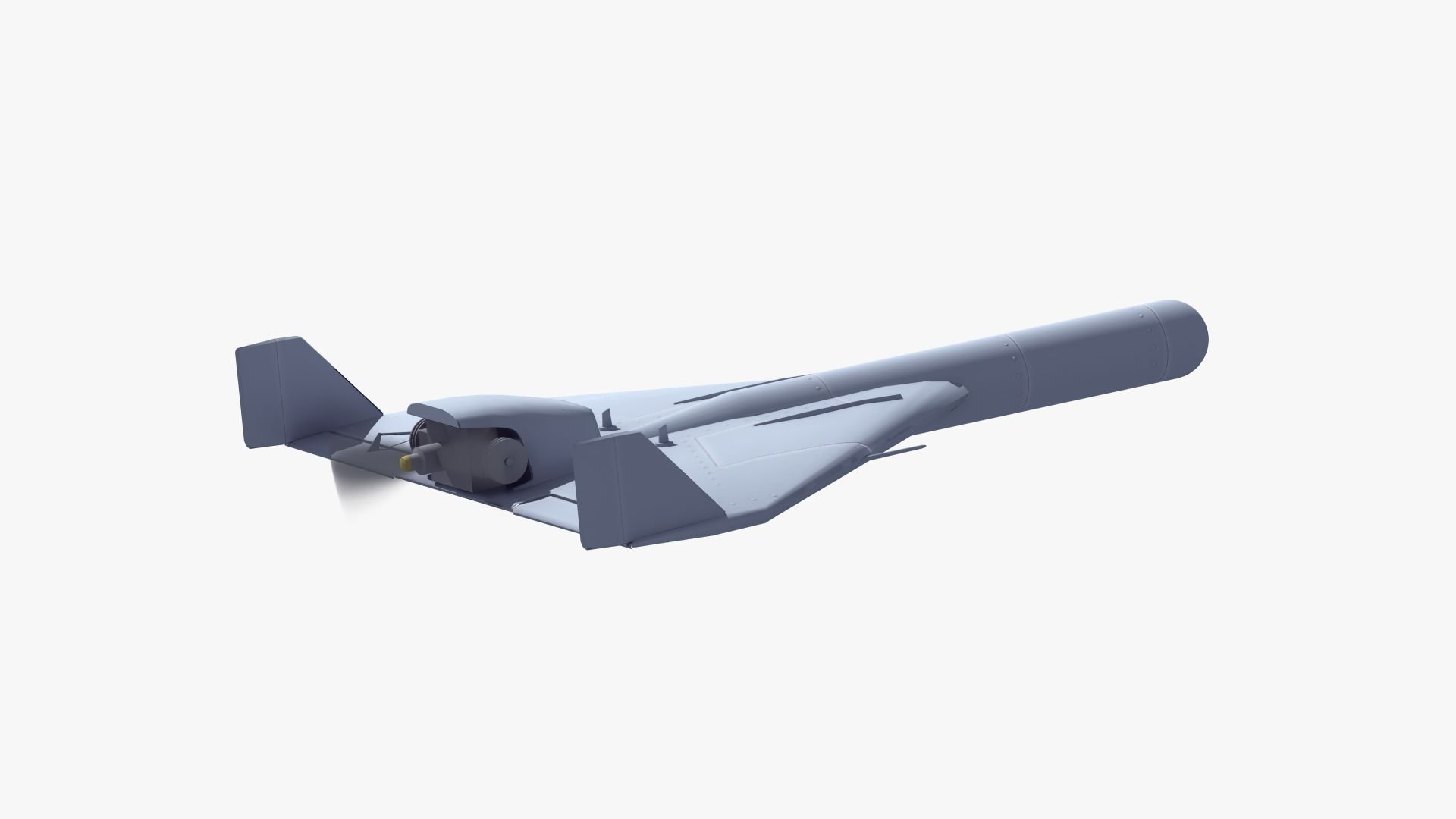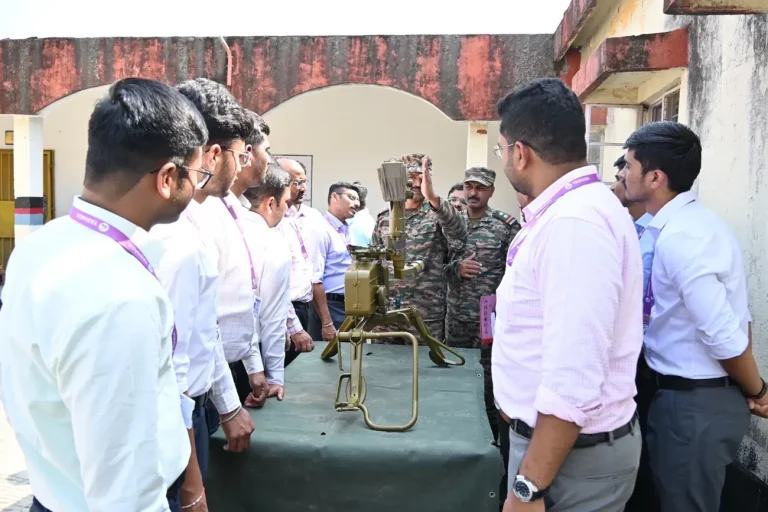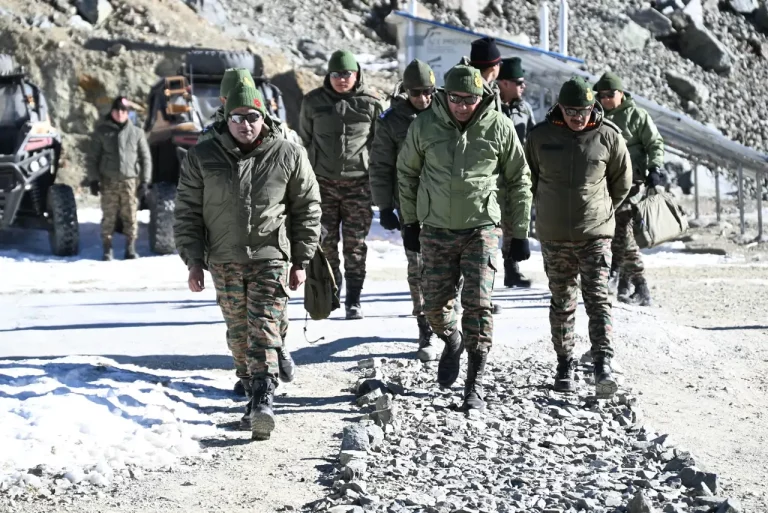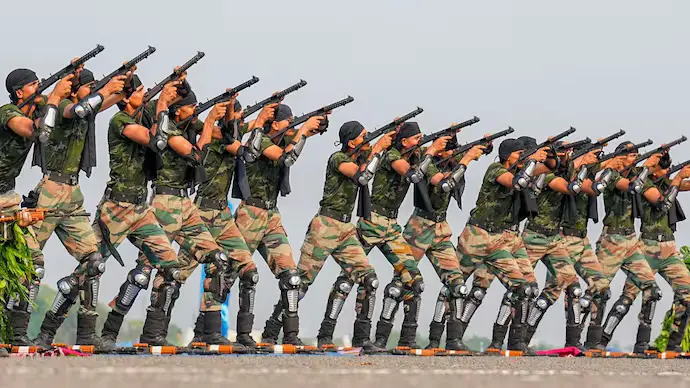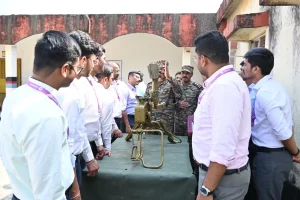In a notable heightening of tensions along the Line of Control (LoC), the Indian Armed Forces executed precision strikes utilizing Harpy drones to eliminate specific elements of Pakistani air defense infrastructure. The Ministry of Defence confirmed that this military offensive represented a measured and strategic response to a series of coordinated drone and missile attacks launched by Pakistan, targeting both Indian military installations and civilian areas during the night of May 7–8.
The assault by Pakistan affected at least 15 cities in northern and western India, including critical defense hubs such as Srinagar, Jammu, Pathankot, Amritsar, Chandigarh, and Bhuj. The barrage, comprising both aerial and artillery fire, resulted in the tragic loss of 16 civilian lives, including women and children, and inflicted extensive damage across conflict-ridden sectors like Kupwara, Baramulla, Uri, Poonch, Mendhar, and Rajouri.
India’s Integrated Counter-UAS Grid, supported by advanced air defense systems including the S-400 Sudarshan Chakra, played a crucial role in intercepting the majority of incoming threats. The S-400, a cutting-edge Russian-made air defense system capable of covering a range of 400 kilometers and tracking hundreds of targets simultaneously, was instrumental in thwarting the aerial attacks.
In a swift retaliatory measure, India launched a targeted counteroffensive in the early hours of May 8. This operation specifically targeted enemy positions, including air defense radars and command nodes situated deep within Pakistani territory. Among the significant strikes was the reported destruction of a Chinese-origin HQ-9 air defense battery located in Lahore.
The core of this counteroffensive was the deployment of Israeli-origin Harpy drones—autonomous loitering munitions designed specifically for Suppression of Enemy Air Defenses (SEAD) operations. These drones are engineered to locate and destroy radar systems by zeroing in on their electromagnetic signatures. Their use marks a tactical evolution in India’s air combat strategy, highlighting a focus on swift and precise neutralization of hostile surveillance and missile defense systems.
The Harpy drone fleet, sourced to counter both Pakistani and Chinese radar threats, has been effective in past international conflicts. In the present scenario, defense analysts have lauded their performance as indicative of India’s advancing warfare doctrine, which integrates sophisticated unmanned systems with manned assets like Rafale jets and ground-based interceptors.
India’s expanding air defense network, which includes systems like Barak-8, Akash, and MRSAM, has significantly mitigated Pakistan’s capabilities in deploying subsonic cruise missiles such as the Babur. In response to the heightened threat, the Indian Air Force has also bolstered patrols along the LoC and the Line of Actual Control (LAC) with China, ensuring combat readiness amid a tense regional security landscape.
The Ministry of Defence reiterated that India’s military actions were proportionate and concentrated on dismantling the infrastructure responsible for unprovoked attacks against Indian civilians and armed forces. Although the use of Harpy drones has sparked discussions regarding operational transparency, officials emphasized that all actions were taken in line with India’s right to self-defense.
As the international community observes the situation with apprehension, India has reaffirmed its dedication to preventing escalation while remaining steadfast in defending its territorial integrity. Diplomatic efforts are ongoing, but the evolving situation on the ground raises the potential for further conflict if hostilities continue.
